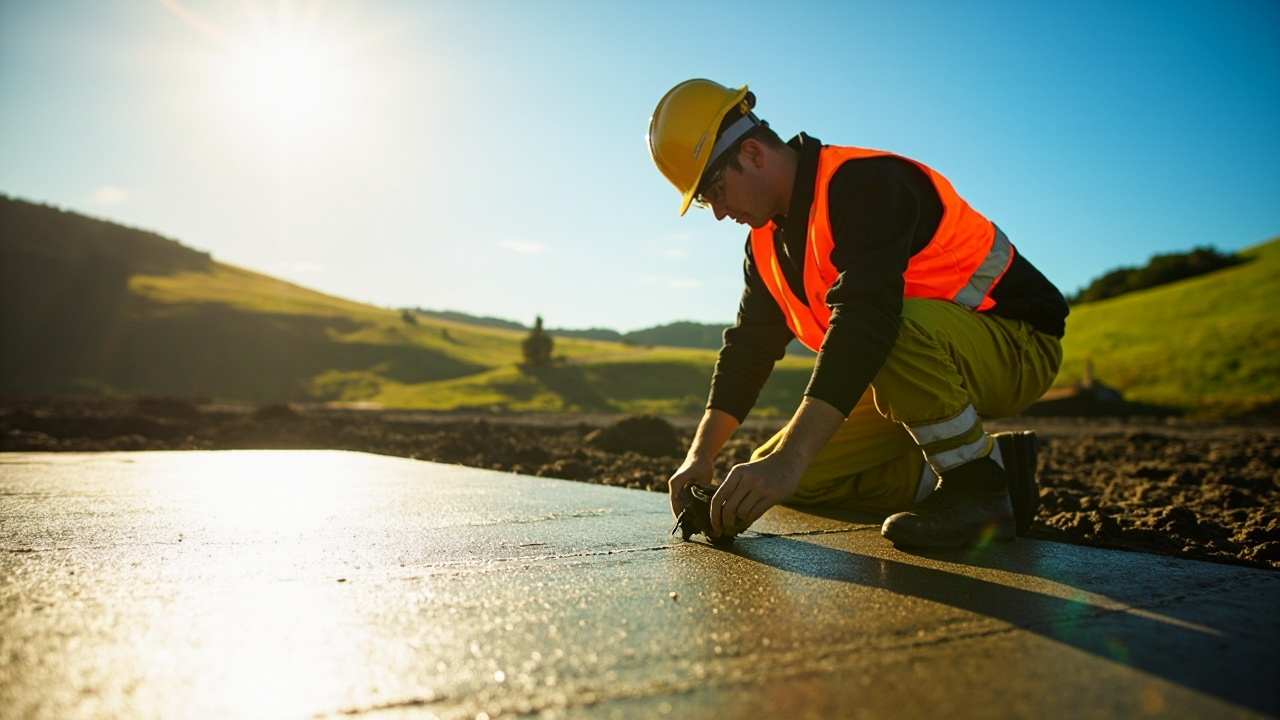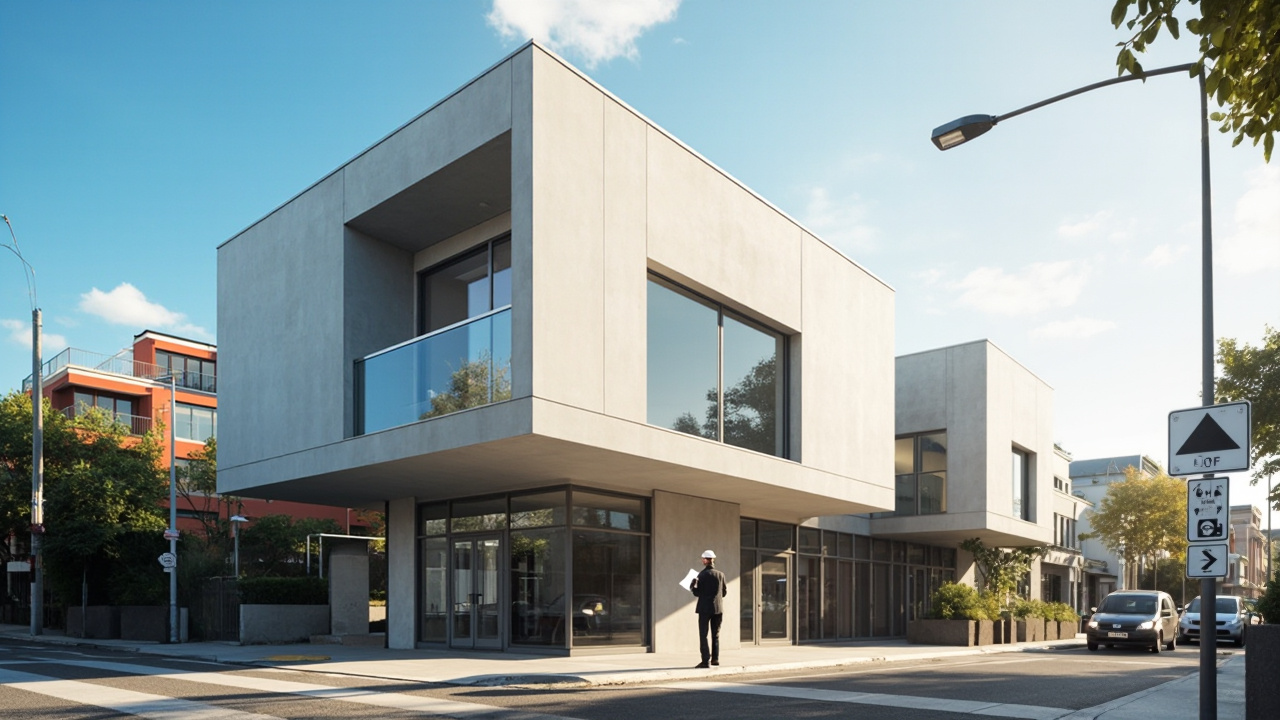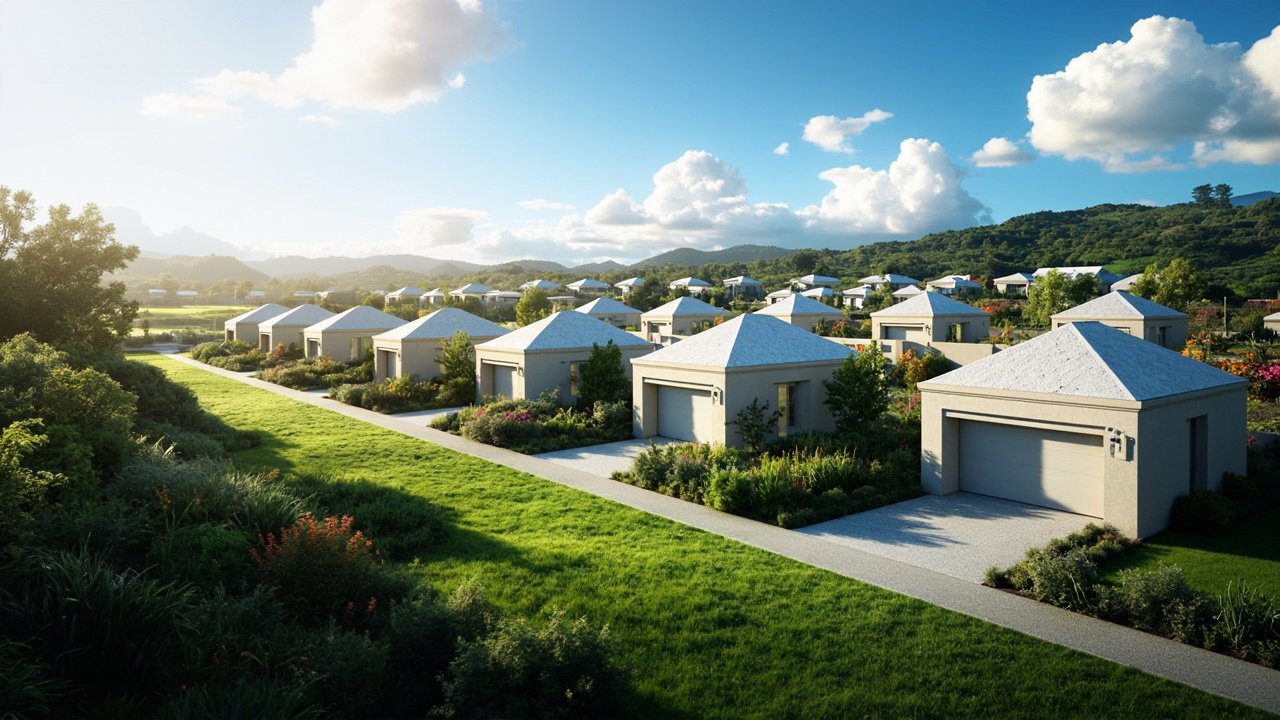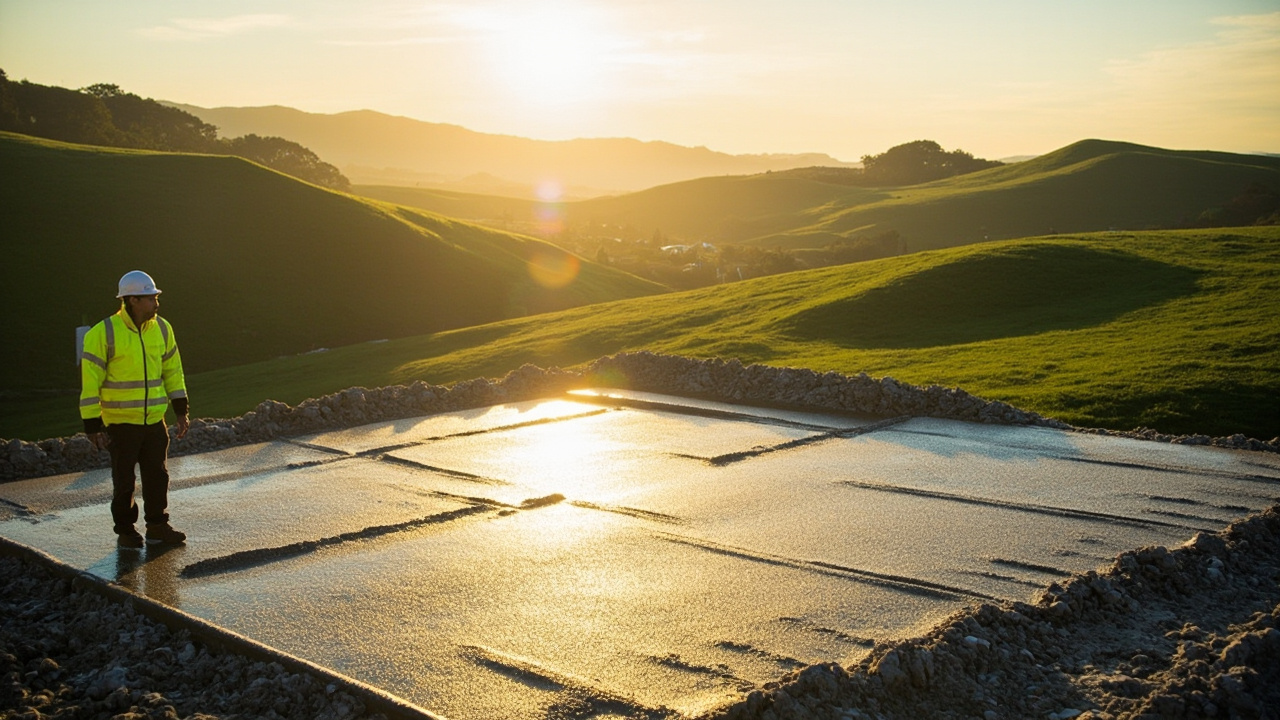Discover Sustainable Construction Solutions for Australia and New Zealand
Imagine constructing homes and buildings that not only stand the test of time but also safeguard our planet. In New Zealand, the rise of energy-efficient concrete is paving the way for sustainable architecture, offering a beacon of hope for environmentally conscious builders across Australia and NZ. This innovative material reduces carbon footprints while maintaining strength and durability, aligning with the growing demand for green construction. As both nations strive toward eco-friendly futures, adopting sustainable concrete solutions becomes a pivotal step. Dive into the world of environmentally friendly building materials and uncover how this revolution in construction is shaping a greener tomorrow.
The Rise of Sustainable Concrete in New Zealand

The Rise of Sustainable Concrete in New Zealand
A Shift Toward Green Building Materials
New Zealand’s construction sector is witnessing a transformative shift with the adoption of energy-efficient concrete, often termed green concrete. This innovative material is redefining building practices by significantly cutting down environmental footprints. With the urgent need to combat climate change, eco-conscious building solutions like low-carbon materials are becoming indispensable for sustainable development.
Innovations Driving Low-Energy Construction
Green concrete leverages recycled materials such as industrial by-products and construction waste, reducing the reliance on virgin resources. Advanced technologies also play a crucial role, optimizing production processes to minimize energy consumption. For instance, alternative binders replace traditional cement, slashing carbon emissions by up to 30%, as recent industry reports suggest. These methods ensure that sustainable concrete maintains structural integrity while being kinder to the planet.
Growing Popularity Among NZ Builders
The traction of low-carbon materials among architects and builders in New Zealand is notable. A survey by a local construction body revealed that over 60% of professionals now prioritize eco-friendly options due to client demand and stricter environmental regulations. Green concrete aligns with the country’s commitment to carbon neutrality by 2050, making it a preferred choice for projects ranging from residential to infrastructure. This trend reflects a broader awareness of the need for environmentally safe practices.
Legacy of Eco-Conscious Building
Adopting sustainable concrete isn’t just a current necessity; it secures a healthier future for generations. By reducing resource depletion and pollution, eco-conscious building preserves ecosystems and curbs climate impact. As New Zealand pioneers these efforts, the focus remains on inspiring global change. For more insights on sustainable materials, explore this resource on eco-friendly innovations.
This movement sets the stage for deeper exploration into specific benefits for regional builders in the following discussion.
Benefits of Green Concrete for Australian and NZ Builders

Energy Efficiency and Cost Savings
Green concrete offers significant advantages for builders in Australia and New Zealand by slashing energy costs. This sustainable building solution enhances thermal efficiency, reducing the need for excessive heating or cooling in structures. Buildings constructed with environmentally safe concrete maintain stable indoor temperatures, cutting utility bills for occupants. For builders, this translates to a competitive edge in delivering cost-effective projects without compromising quality.
Meeting Environmental Standards
Both countries enforce strict environmental regulations, pushing the construction sector toward low-energy construction practices. Green concrete helps builders comply with these standards by minimizing carbon footprints during production and use. Incorporating recycled materials and innovative mixes, this eco-friendly cement option aligns with national sustainability goals. Builders adopting these materials can secure government incentives or certifications, boosting project appeal.
Durability for Large-Scale Projects
Beyond environmental benefits, green concrete stands out for its longevity and resilience. It withstands harsh weather conditions common in Australia and New Zealand, such as intense heat or coastal humidity. This durability makes it ideal for large-scale residential and commercial developments, ensuring structures last decades with minimal maintenance. Affordable pricing further sweetens the deal, allowing builders to manage budgets on expansive builds.
Practical Applications
Imagine a multi-story office complex in Auckland or a suburban housing estate in Melbourne. Using green concrete, these projects can achieve superior insulation, resist wear, and meet green building codes. Such applications showcase how sustainable building solutions elevate project value while prioritizing the planet. For more insights on eco-conscious materials, explore additional resources on eco-friendly construction trends.
By leveraging these benefits, builders can position themselves as leaders in sustainable construction, meeting client demands for efficiency and responsibility.
Adopting Eco-Conscious Building for a Sustainable Future

Collaborative Steps for Energy-Efficient Construction
Builders, architects, and policymakers in Australia and New Zealand must unite to advance sustainable architecture. A key step is integrating energy-efficient concrete into building codes and standards. Policymakers can incentivize green construction trends by offering tax rebates or grants for projects using low-carbon materials. Meanwhile, architects can prioritize eco-friendly designs, advocating for materials that cut emissions without compromising structural integrity.
Builders play a crucial role by adopting these innovations on-site. Training programs can equip them with skills to handle new materials effectively. Partnerships between industry stakeholders can also foster knowledge exchange, ensuring eco-building innovations are widely understood and implemented.
Driving Innovation and Community Awareness
Innovation is vital for developing low-carbon alternatives to traditional concrete. Research into alternative binders and recycled aggregates can yield materials with reduced environmental impact. Governments and private sectors should fund such initiatives, pushing the boundaries of what sustainable building can achieve.
Community awareness is equally critical to drive demand. Public campaigns can highlight the long-term benefits of eco-conscious construction, such as lower energy bills and healthier living spaces. Educational outreach in schools and local councils can inspire homeowners to choose environmentally friendly materials for renovations or new builds.
Overcoming Barriers to Adoption
High initial costs often deter adoption of green materials. To counter this, financial models like subsidies or low-interest loans can ease the burden. Addressing knowledge gaps is also essential—workshops and online resources can demystify green construction trends for smaller firms. By sharing success stories, the industry can build confidence in these solutions.
Consider the potential of sustainable choices in your next project. Every step towards sustainable architecture shapes a better future. For more insights on eco-friendly building practices, explore this resource.
Final Words
Energy-efficient concrete stands as a cornerstone for a sustainable future in New Zealand and Australia, merging durability with environmental stewardship. By embracing green building materials, both nations can significantly reduce their carbon footprints while creating resilient structures. From lowering energy costs to meeting eco-regulations, sustainable concrete offers unmatched benefits for builders and communities alike. As the demand for eco-conscious construction grows, now is the time to invest in low-carbon solutions. Let’s build a tomorrow where every structure reflects our commitment to the planet, ensuring a greener legacy for generations to come.
Ready to build sustainably? Connect with trusted suppliers for eco-friendly materials today!
Learn more: https://tradematchvn.com/
About us
TradeMatch Vietnam is your trusted partner in simplifying, securing, and succeeding in sourcing from Vietnam. We connect global businesses with verified Vietnamese suppliers, delivering high-quality products and streamlined processes tailored to your needs. Our comprehensive services are designed to empower international buyers with efficiency, transparency, and strategic advantages in the Vietnamese market.
Contact us at:
Email: info@tradematchvn.com
WhatsApp/Phone: +84 335 689 945

No responses yet